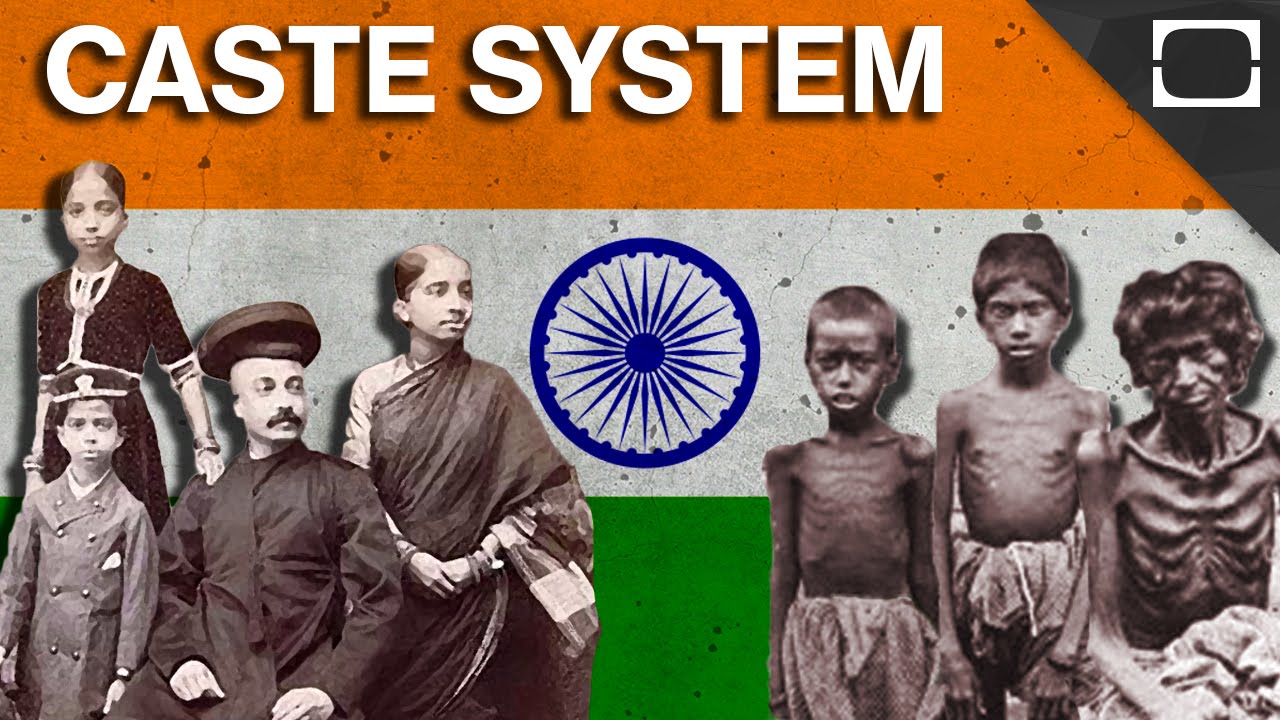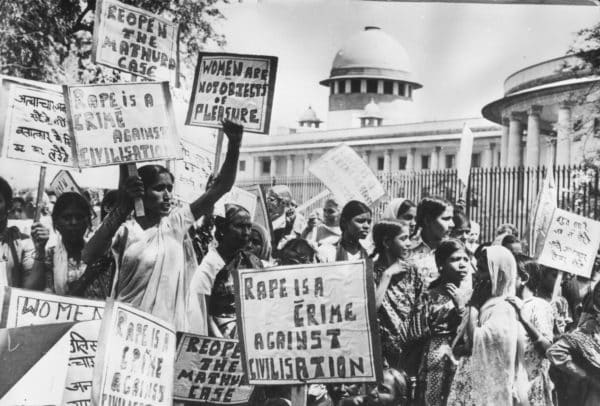Category Kractivism
Putting patients first NALINAKANTHI V This year, on International Clinical Trials day, India has a reason to feel satisfied with the progress made in regulating the use of humans to test drugs. In August last year, the Supreme Court had batted for… Continue Reading →
The Central Reserve Police Force (CRPF) has declined to share information on the death of its personnel in Naxal attacks in Bihar and Chhattisgarh, saying there was no “violations of human rights”. The CRPF, which is mandated to disclose information… Continue Reading →
A Nightmare Materialises In India Hindutva-capitalism takes power By Praful Bidwai The Lok Sabha election has produced what was easily the worst conceivable outcome by giving an outright majority to the Bharatiya Janata Party under a man who is widely believed to have been complicit in mass killings of Indian citizens belonging to one faith, and who even 12 years on has not been fully exonerated by the country’s legal system despite its compromised, semi-functional nature, and vulnerability to diabolical manipulation. Make no mistake. Despite a limited (31 percent) national vote, Narendra Modi’s victory is the result of a Rightward shift in society, and the triumph of Hindutva combined with neoliberal capitalism. It’s an ugly scar on the face of Indian democracy, and the combined outcome of many long-festering social pathologies, including Islamophobic religious-communal prejudice, belligerent nationalism, rising influence of corporate power, growing social intolerance, gullibility of people to paranoid propaganda, and intense craving among the middle class elite for authoritarian rule. Contrary to claims, Mr Modi’s “presidentialised” election campaign, in which billions of business dollars and the corporate media played as crucial a part as “56-inch-chest” aggression, had nothing to do with “development” or “governance”. It was India’s most communalised campaign ever. Mr Modi symbolises, personifies and radiates “alpha-male”, militarised Hindutva—even when he doesn’t openly indulge in hate-speech. This time, his canvassing was actually lubricated by blood: from an early stage in Muzaffarnagar in Uttar Pradesh, and later to Kokrajhar in Assam. Mr Modi wickedly deployed toxic rhetoric about driving out Bangladeshi “infiltrators” (read, Muslims) while welcoming “refugees” (read, Hindus), and about the “Pink Revolution” (beef exports). He brazenly used religious symbols. Six lakh Rashtriya Swayamsevak Sangh men ran his military-style campaign and cynically used slogans like “love jehad” and “bahu bachao, beti bachao” (protect Hindu women from Muslim predators) to polarise opinion communally. The polarisation helped the BJP exploit widespread discontent, often disgust, with the Congress, rooted in high prices, corruption, economic elitism (especially growth that pampers Big Business, but creates no jobs), and the Gandhi family’s hubris. It the laid the ground for venally shrewd caste calculations and the micro-level “booth management” strategy perfected by Modi henchman Amit Shah in Gujarat, in which 20-25 RSS men “cover” each polling station and lead the voters there. Communal-caste-class polarisation paid off handsomely. The BJP performed spectacularly well in Uttar Pradesh, Bihar, Maharashtra and Karnataka, won “saturation-level” seat-scores in its “home states” (Madhya Pradesh, Rajasthan, Gujarat and Chhattisgarh), and secured unprecedentedly high vote-shares in West Bengal, Assam, Tamil Nadu and even Kerala. The BJP’s 71-of-80 seats victory in UP is the highest score by any party there since the 1984 election, which had delivered 83-of-85 seats to the Congress. The sheer size of the BJP’s UP vote (42.3 percent), and the nose-diving of the Congress’s vote (from 18.3 to 7.5 percent) meant that its main opponents would be decimated in a three-cornered contest. The Bahujan Samaj Party couldn’t win a single seat despite bagging a 19.6-percent vote, and increasing its vote-share in 46 constituencies. The Samajwadi Party too shrank from 23 to five seats despite winning 22.2 percent, only one percentage-point lower than in 2009. There were clear signs of a weakening of its core Yadav-Muslim coalition because of Muslim disillusionment with the SP’s handling of Muzaffaranagar. The BJP succeeded in winning over sections of Jats, lower OBCs and Most Backward Classes groups and non-Jatav Dalits by communalising them and promising them jobs which they desperately crave. Another factor that helped it decimate the well-organised BSP and SP is the relative consolidation of the votes of large numbers of Muslims, which normally get badly divided. This again is attributable to the “Modi factor”: the fear and loathing he naturally provokes among Muslims. Yet, in a sour irony of history, this ended up helping Mr Modi: Muslims voted constituency-wise, rationally choosing the candidate best-placed to defeat him, but they thus scattered their votes mainly between the SP and BSP, weakening both. The Lok Sabha now has its lowest-ever Muslim representation: just four percent of MPs, way below the Muslims’ 13.4 percent population share. For the first time, there isn’t a single Muslim MP from UP, India’s largest (and the world’s sixth most populous) state, where Muslims form almost a fifth of the 200-million-strong population. Also absent from the Lok Sabha is the BSP, a Dalit party—despite retaining its status as India’s third largest party, with 4.1 percent of the national vote. Such severe exclusion speaks of highly skewed parliamentary representation—a sign of India’s flawed democracy. Under it, a 12 percentage-point national vote-difference between the BJP and Congress resulted in a grossly disproportionate 640-percentage-point gap in seats. This strengthens the argument for the replacement of the British first-past-the-post (FPTP) electoral system that India blindly follows, by the more widely prevalent (and fairer) Proportional Representation (PR) system, which allots quotas to parties based on the total votes they poll, in addition to constituency-based candidates. FPTP has unduly benefited the BJP, just as it did the Congress in the past. If PR were adopted for the present Lok Sabha, the BJP would fall to 169 seats, the Trinamool to 21 (from 34), and the Congress, BSP and SP would respectively rise to 105, 23 and 19 seats (from the present 44, 0 and 5). At any rate, the election has not just put an RSS pracharak and a Hindutva fanatic in power, but established the ascendancy of the ideology of Hindu-supremacism, for which the Sangh has fought for nine decades using repugnant methods, including assassination, communal riots, vile forms of brainwashing and regimentation, and propaganda about imaginary threats to the “Hindu nation”. Today, the RSS can hide behind “democracy”, just as Hitler did in 1933. But this is a degraded, communalised/racist distortion of democracy, without equal rights for all citizens, but charged with a bellicose ethno-religious identity. Hindutva militates against the Indian Constitution, which defines citizenship in universal terms, independently of such identities. No party other than the BJP and Shiv Sena shares this communal ideology…. Continue Reading →
Vishal Kamal, In love with English Literature, INTJ, Mining Engineer One of the biggest mistake that can be done by a society is to pretend that the problem does not even exist. Most of the people answering this question would… Continue Reading →
Salman Rushdie spoke on India: Religious Freedom and Personal Safety on April 28, 2014 at the 2014 PEN World Voices Festival. Let me talk a bit about my country of origin, about India. There is a general election under way in India… Continue Reading →
She was attacked at a rural police station, and her landmark case awakened India decades ago. But did she manage to love, have children, find happiness? New headlines about rape in my homeland set me on a journey to find her…. Continue Reading →
The country needs an anti-fascist force, says activist acquitted after 40 months in jail Sudhir Dhawale, a dalit rights activist accused of having Maoist links, was declared innocent on May 15. Aarefa Johari · Scroll.in Photo Credit: Loading article content… Continue Reading →
Author(s): Anupam Chakravartty Date:May 23, 2014 Journalists were shooting visuals showing illegal mining in Cauvery river bed in Tamil Nadu Photo: Sayantoni Palchoudhuri M Suchitra, the Down To Earth (DTE) correspondent in-charge of southern India, and news persons from a Malayalam new channel… Continue Reading →
CD Network Bhatkal, May 25: Amidst the growing concern that people may lose freedom to criticize elected representatives during the tenure of Narendra Modi who will be swearing in as 14th prime minister of India on May 26, as many as five Muslim… Continue Reading →
Dionne Bunsha: May 21, 2014 On Monday, Narendra Modi will be sworn in as India’s new Prime Minister. Is he a savior for India’s economy or a threat to the country’s secular democracy? Image from Flickr via narendramodiofficial By Dionne Bunsha It was a sunny day but no… Continue Reading →

